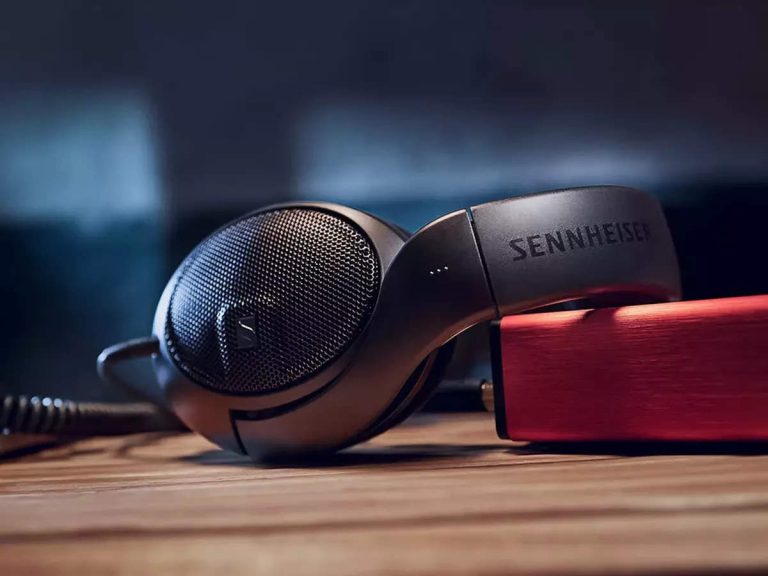Producing music is a practice that forms the basis of the creative workflow of a good musician. It has never been more accessible and more comfortable to start in the music production industry. But there is a lot to learn that getting started in this industry can be pretty intimidating. This article will take a closer look at things people need to know to understand the production business and get started in this industry.
Music production
It is the process of creating, refining, and developing recorded music for public presentation. It can refer to the lifecycle of a piece of music – from composition and songwriting, to sound design and recording, to mastering and mixing. Despite its broad definition, each workflow in modern production has one thing in common – modern digital tools and devices.
Thanks to modern technology, it is more accessible to the public more than ever. For the lowest price possible, everyone with a passion for this industry can set up their own home studio and get started in producing quality music. Listed below are some essential information people need to start in this industry.
What do music producers do?
These professionals can have different roles depending on what kind of workflow and the type of music genre they are working on. In the conventional recording process, they act the same way to film directors. These professionals create a vision for materials and advice musicians artistically on how to materialize their ideas. During recording sessions, they act as a director and provides organizational help.

To know more about home recording processes, click here for more info.
Producers also offer notes and creative input on the musician’s delivery, as well as the technical choices made by sound engineers. But the term producer means a broader range of responsibilities in other music genres. In hip-hop and R&B (rhythm and blues), the term music producer usually refers to the individual who created the beat that artists are rapping or singing over.
In electronic dance music, the words artists and producer can be used interchangeably, with most artists producing their own beats and materials. More artists are starting to self-produce in today’s industry, even within conventional genres like indie, rock, or even singer-songwriter.
No matter which role describes you best, if you are using music-production software or applications to create a track – you are considered as a music producer. With the basics explained, let us get into the core of production people need to know to get started in this industry.
Equipment and software
To produce good music, people will need a few crucial tools of the trade. Do not worry – the setup can differ a lot. Beginners do not need a lot of expensive equipment to be a good producer. But individuals will need some essential pieces. I am talking about devices like good computers, a digital audio workstation, as well as something to listen to the sounds.
Once beginners have got the basics of a home studio, they can add other production tools, depending on what suits their workflow. A lot of professionals create tracks using only their digital work station – but just like most professionals, the hands-on control, and tactile experience in handling the necessary hardware. Drum machines, synthesizers, effect pedals, and grooveboxes are inspiring and fun equipment to add to every beginner’s setup.
How do synthesizers work? Check out https://www.explainthatstuff.com/synthesizers.html to find out more.
Composition and songwriting: Song creation
Some artists produce their own tracks, and some producers write their own songs. The boundary between the two is not always a clear line. It means knowing the basics of composition and songwriting is very important in this industry. Producers usually have to make the tough call when something is not working. Is it the arrangements? Or is it the mix? Is it the tones or the parts? Is it the song’s effects? Is it too dull, or does it have the wrong structure? These are the kinds of questions an experienced professional need to be able to answer.
Sound design: Building the sound people hear in their heads
Quality headphones are crucial for every home studio but mixing in these devices exclusively can be stressful in the long run, especially during long sessions. A lot of engineers do most of their tasks using near-field monitors. These devices are specially engineered speakers that are designed to sound flat, neutral, clean, and straightforward.
Unlike conventional consumer audio speakers, these listening devices are not intended to flatter the track or make it sound more pleasing. As a matter of fact, it is almost the opposite. Studio monitors will reveal flaws in the sound so beginners can address them in the mix. The additional detail is the insight people need to make their tracks sound good. Still, every studio monitor sounds different, and finding the right device is a personal decision.
Plugins, Musical Instrument Digital Interface, and samples: Every beginner’s digital sound tools
The digital audio studio is everyone’s studio centerpiece, but the digital tools you use inside the DAW are just as necessary in your workflow. MIDI or Musical Instrument Digital Interface is the language that lets people communicate music in this digital world. The information people enter in the instruments to control their synthesizers, drum machines, and samplers.
Data in the Musical Instrument, Digital Interface controller, sends when the user hits the key, strikes the pad, turns the encoder, or presses down the sustain pedals. Plugins are the digital instrument and effects that generate textures and tines in the mix. The digital audio studio comes with a functional set of built-in plugins, but there is a world of exciting plugins available in the market today.
All you need to do is to find a software that fits your workflow. Some of these plugins are even available for free. Creating your own set of plugins is similar to arranging your palette like a painter. Lastly, samples are pieces of audio people can use in their productions in any way they see fit.
These puzzle pieces can be anything from short instrumental melodies to individual drum hits to rhythmic loops or tracks. These samples are used in every music genre we can think of; they are among the most inspiring parts of becoming a good producer.










